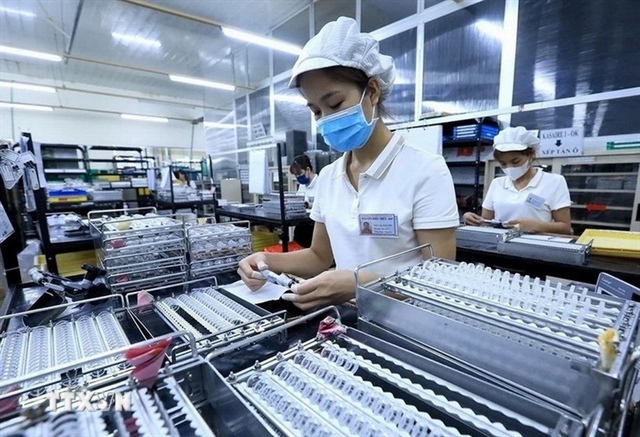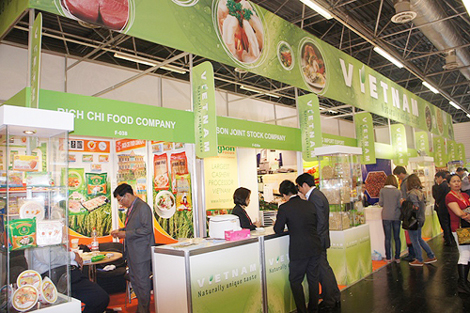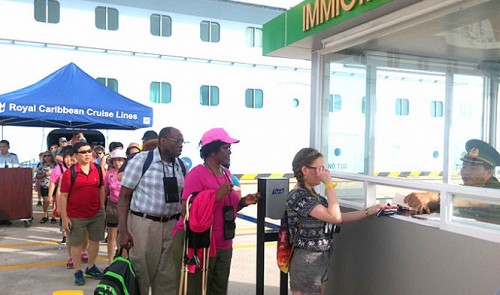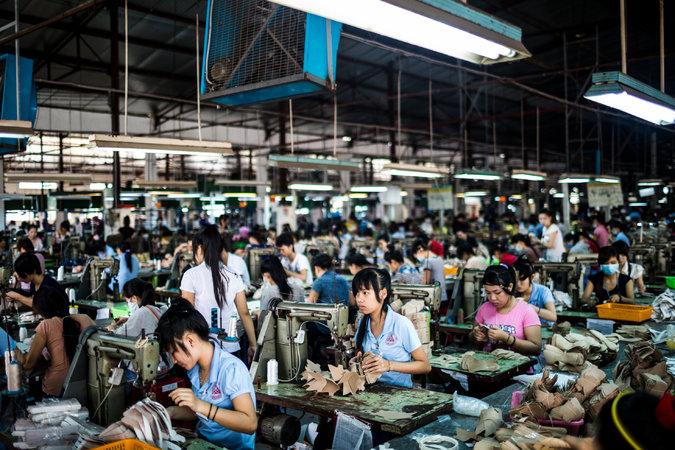Room prices rising at high-end hotels
Room prices rising at high-end hotels
Average room rates in upscale hotels and resorts across Viet Nam saw a slight increase in 2014 even as occupancy rates decreased, according to a survey by auditing and consulting firm Grant Thornton.
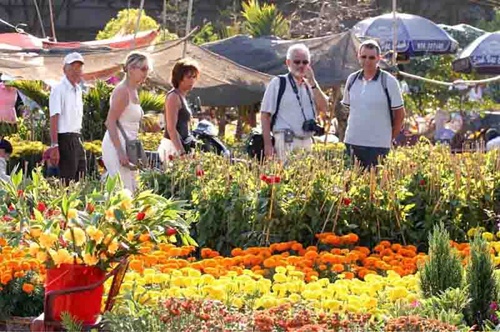
The 2015 Viet Nam Hotel Survey, released last week, covered 60 four – and five-star hotels and resorts.
It revealed a 0.2 per cent increase in average room rates to $97.8 last year. While five-star hotels suffered a 6.4 per cent point decrease, four-star hotels enjoyed a 3.6 per cent increase.
By region, the central and Central Highlands saw the highest increase in room rates while Ha Noi, Phan Thiet, and HCM City reported declines.
Average occupancy fell by 2 ppts to 60 per cent, with four-star hotels having a fall of 3.6 ppts and five-star properties remaining stable at over 61 per cent.
Though Viet Nam did not achieve its target of eight million foreign arrivals, there were 7.87 million visitors, an increase of 4 per cent.
The survey showed the ratio of foreign visitors to total guests staying in four and five-star hotels rising by 3.4 ppts to around 83 per cent.
RevPAR (revenue per available room), a standard industry measure of room utilisation and return, experienced a decrease of 1.8 per cent to $59.31, with the drop in average occupancy contributing to it.
Individual tourists and tour groups remained in the leading position as the source of guests staying at four and five - star hotels, accounting for 35.3 and 26.3 per cent respectively.
The number of business travellers shot up by 27.9 per cent as they accounted for 18.8 per cent of the total number of guests.
Conference tourist numbers dropped by 3.3 per cent though Viet Nam is considered a major MICE (Meetings, Incentives, Conferences and Exhibitions) destination in Asia.
Hotel reservations through travel agents and tour operators decreased to 45.7 per cent from 48 per cent though this channel remained the most preferred method for all hotels and regions.
Direct booking with hotels increased by 16.1 per cent and remained the second most popular method at 28.5 per cent.
In 2015 the ASEAN economic community will be launched to bring greater integration between ASEAN member countries.
For tourism professionals and the industry, MRA-TP (Mutual Recognition Arrangement on Tourism Professionals) will facilitate the mobility of tourism professionals based on tourism competencies and recognised skills.






